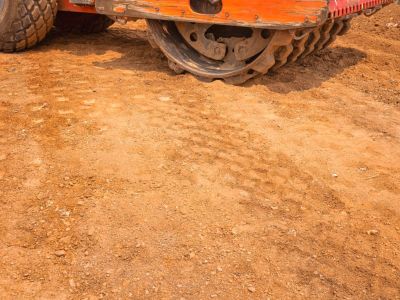Compacted Soil Information
Soil that is compacted does not have the porous spaces for water, oxygen, and other nutrients that plants need to survive. Compacted soil is usually caused by urban development, but can sometimes be caused by hard, heavy rains. Areas that have been travelled on by heavy equipment such as tractors, combines, trucks, back hoes, or other farming and construction equipment will usually have compacted soil. Even areas that receive a lot of foot traffic from people or animals may have compacted soil. Knowing the area’s history can help when determining soil compaction in the landscape.
Is My Soil Too Compacted for Gardening?
Some signs of compacted soil are:
Pooling or puddling of water in low areas Water running right off the soil in high areas Stunted growth of plants Shallow rooting of trees Bare areas where even weeds or grass will not grow Areas too hard to drive a shovel or trowel in the soil
You can test for soil compaction in early spring when soil moisture is at its highest level. While there are expensive tools you can purchase specifically to test for soil compaction, these aren’t always worth the cost for the home gardener. A long, strong metal rod is all you really need for determining soil compaction. With steady pressure, push the rod down into the area in question. The rod should penetrate several feet (1 m.) in normal, healthy soil. If the rod will not penetrate or only penetrates a little but then abruptly stops and cannot be pushed down any further, you have compacted soil.
